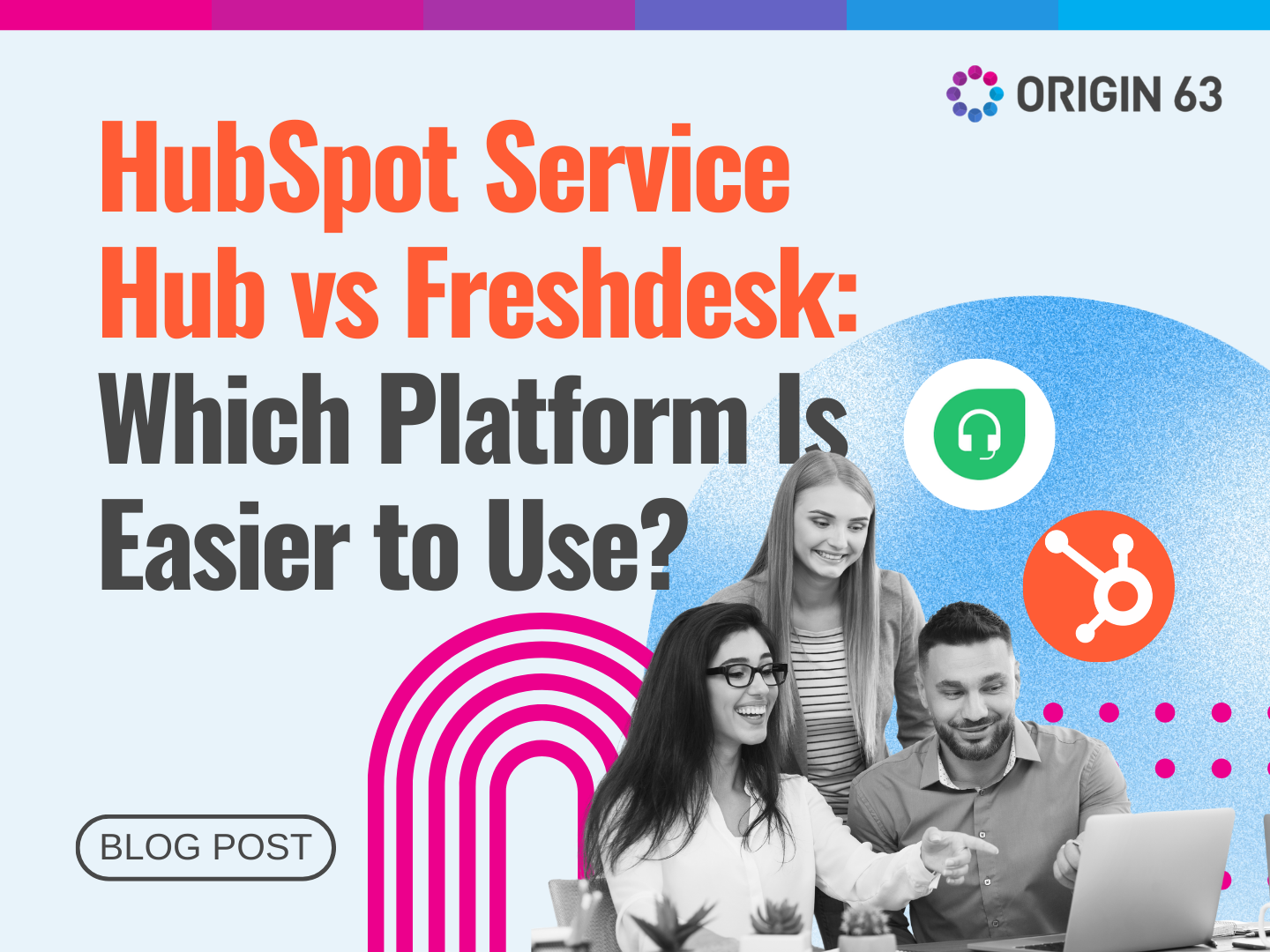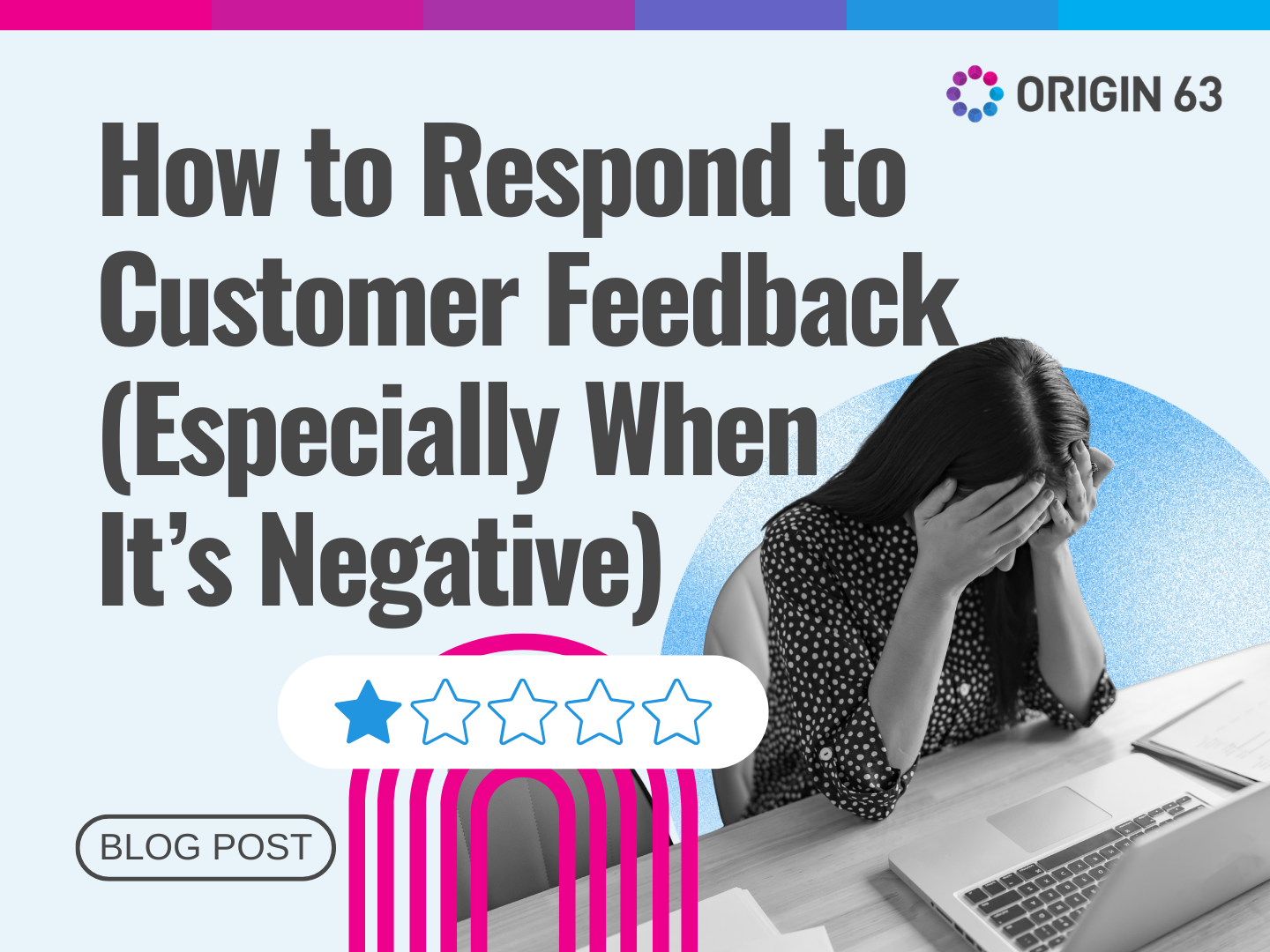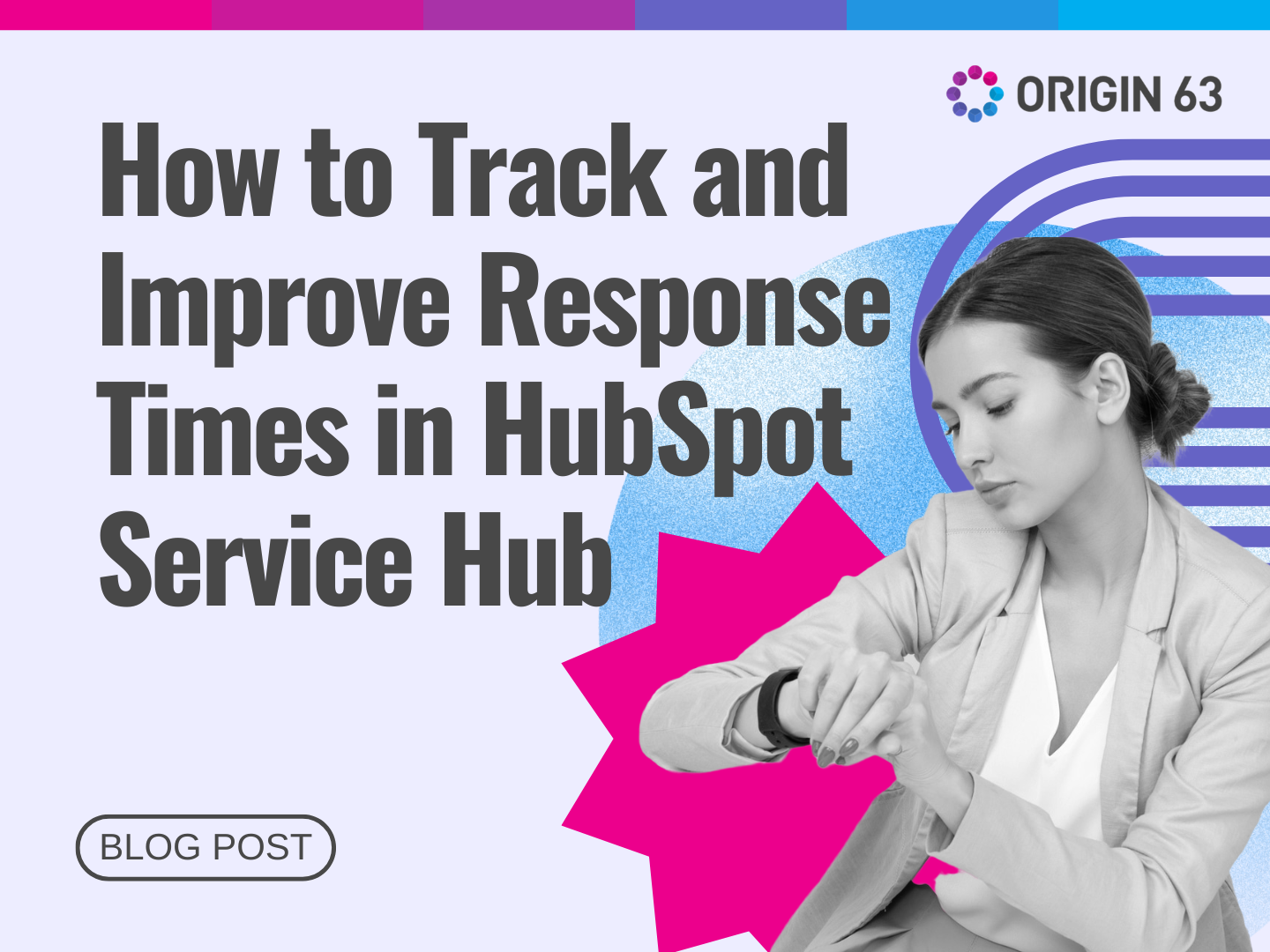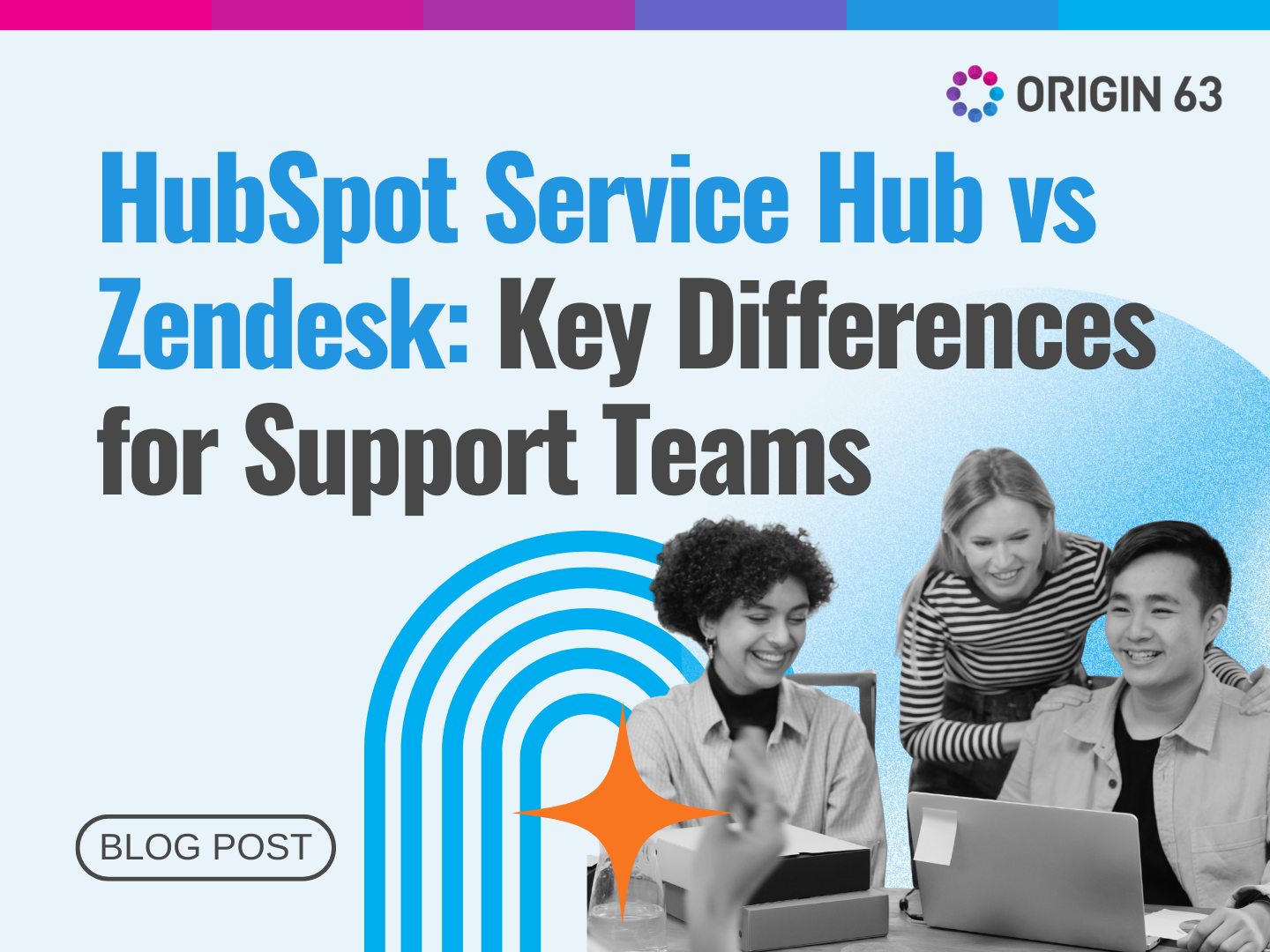It’s easy to focus on how your message sounds and forget to ask if it’s helping the customer. Teams spend time perfecting copy, polishing campaigns, or chasing a specific “tone.” But if the message isn’t grounded in customer needs, it doesn’t land.
Strong customer communication isn’t about saying things perfectly. It’s about saying the right thing, clearly, at the right moment. That only works if your team knows who the customer is, what they’re trying to do, and how your message supports that goal.
This blog will help you strip messaging down to what matters: clarity, consistency, and alignment. We’ll see how to use shared data, build useful personas, and ensure your marketing, sales, and service teams aren’t speaking three different languages.
The Common Messaging Challenges Businesses Face

Most messaging problems start with confusion. Often, it’s because teams don’t have the same information, don’t agree on what customers need, or simply aren’t working together.
These issues manifest in different ways. Below are four common problems that hinder effective customer communication:
1. Lack of Accurate or Up-to-Date Customer Data
If your customer data is old or scattered across different tools, your messages won’t feel right. Teams might send the wrong offers, use the wrong names, or reach out at the wrong time.
This happens more often than you think. Many businesses guess instead of checking real data. But customers expect better. 70% of millennials feel frustrated when brands send irrelevant emails.
When your team has shared and updated customer data, it’s easier to send the right message. Marketing, sales, and service teams can all speak from the same source of truth.
2. Misidentifying Pain Points or Customer Motivations
If you don’t know what your customer is struggling with, your message won’t help them. It might even push them away.
This happens when teams assume what customers care about, rather than listening to or observing their behavior. For example, you might talk about speed when your customer cares about trust.
The result is a message that doesn’t connect. That matters because 74% of customers are more likely to buy from brands that send relevant offers and recommendations.
To get this right, your team needs to dig deeper. Ask better questions, review actual feedback, and create clear customer personas.
3. Inconsistent Tone, Voice, and Branding Across Channels
If your emails sound warm, but your live chat replies feel cold, customers notice. Even if the message is useful, the tone makes it harder to trust your brand.
This typically occurs when teams work independently. Marketing writes one way, support writes another, and sales says something different. Without a shared guide for tone and voice, the message feels disjointed.
Clear brand guidelines can fix this. When everyone knows how to talk to customers, the message feels more consistent across all channels.
4. Struggles to Keep Messaging Relevant in a Fast-Moving Market

Customer needs change quickly. What mattered last month might not matter today. But many teams keep using the same messages without checking if they still work.
This leads to missed chances. Customers want brands that keep up. 80% of people are more likely to buy from brands that offer personalized experiences.
To stay relevant, teams should regularly review their messaging. This means updating copy, testing what works, and making changes based on real behavior and feedback.
Why You Need Clear and Consistent Customer Communication
Strong messaging shapes how people see your brand. When your message is clear and consistent, customers know what to expect. That’s what builds long-term trust.
Here are three reasons why it matters.
It Builds Trust and Brand Credibility
Customers want to feel understood. If your message stays clear across your website, emails, social media, and support replies, people are more likely to believe what you say.
On the other hand, if your messaging changes too much or feels uncertain, it creates confusion. People start to wonder if they can count on your brand. Over time, this can harm your reputation.
Clear and steady communication shows customers that your team is aligned and knows what it’s doing. It makes your brand feel more professional, more trustworthy, and easier to connect with.
It Helps You Stand Out in a Crowded Market
Customers receive numerous messages every day. Most of them are ignored. To get noticed, you should say something useful and say it clearly.
Consistent messaging tells customers what makes your business unique and makes your content easier to recall, which increases the likelihood that people will return or recommend you to others.
When your message matches what the customer needs, they pay attention. That’s the first step toward better engagement.
It Improves Conversions and Retention
If your message is confusing or off-topic, people leave. If it’s clear and helpful, they stick around. It’s that simple.
Good communication helps people make decisions. It gives them the confidence to try your product, ask questions, or come back later. This directly impacts your conversion rates and the length of time customers stay with you.
When people feel like a brand understands them, they’re more likely to return. And if something goes wrong, they’re more likely to give you another chance. 83% of customers say they feel more loyal to brands that listen and resolve their problems
The Solution: Aligning Teams Around Shared Customer Data

Most messaging problems come from teams working with different information. Marketing may see one version of the customer. Sales may see another. Support might hear something completely different. Without shared data, it’s impossible to stay consistent.
The solution is to align everyone around the same customer view. When all teams work from a single source of truth, it’s easier to convey the right message at the right time.
Unified Data Makes Messaging More Precise
When your CRM holds complete and accurate customer data, everyone benefits. Marketing knows what kind of content each person responds to. Sales sees where someone is in the buying process. Support understands past issues and preferences.
This helps teams avoid mixed messages. For example, if someone just signed up for your service, they shouldn’t receive a “get started” email three times. Or worse, an ad that tells them to sign up again.
When data is shared, messages feel smoother and more personal. Customers notice the difference.
Shared Insights Help Teams Stay on the Same Page
It’s not just about storing the right data. It’s about using it together. Teams should meet regularly to share what they’re hearing from customers: what’s working, what’s not, and what keeps coming up.
This kind of feedback loop keeps your messaging fresh and relevant. It also helps teams adjust quickly when something changes, like a new feature launch or a shift in the market.
CRM Tools Make This Easier
Tools like HubSpot can help keep everything in one place. They let you track conversations, organize customer records, and connect different parts of your business.
With the right setup, you can tag contacts by interest, segment your audience, and trigger messages based on real behavior.
This makes your communication faster, smarter, and more useful for the customer.
Steps to Create Effective Customer Messaging
Now that we’ve covered the problems and the solution, let’s break down what you can do to improve your messaging. These steps will help your team stay aligned, speak clearly, and connect better with customers.
1. Collect and Maintain Consistent Customer Data

Start by making sure your data is clean, organized, and easy to access. If your CRM is missing key details or full of duplicates, your team won’t be able to send helpful or timely messages.
Use a single system to track customer behavior, questions, purchases, and feedback. For example, HubSpot Inbox consolidates emails, live chats, and social media messages into a single shared space.
As customers reach out, your team sees not just the message but also the full history (previous conversations, tickets, and even survey responses) right in the sidebar.
This shared view keeps everyone on the same page. Marketing, sales, and service teams can work from the same data, respond more accurately, and build stronger relationships through better messaging.
2. Build Clear Customer Personas
Personas help you understand who you’re talking to. A good persona is more than just age or job title. It should include what the person wants, what they struggle with, and what kind of help they’re looking for.
Talk to real customers. Look at support chats, survey answers, or sales calls. Write down what people ask for most and what goals they’re trying to reach.
The better your personas, the easier it is to create messages that feel relevant. And when messages are relevant, customers are more likely to engage.
3. Identify the Right Pain Points and Motivations
Once you have your personas, dig into their challenges. What’s getting in their way? What do they want to fix, avoid, or improve?
Effective messaging addresses these points directly. For example, if your customer wants to save time, show how your product helps them do that. If they’re worried about cost, explain the long-term value.
Keep it simple. The goal is to show that you understand what they need and that your business can help.
5. Develop a Clear Brand Voice and Tone Guide

Your brand voice is how your business “sounds” when it talks. A clear voice makes your content feel more human and consistent. It helps your brand stand out and feel more familiar, no matter where people see your message.
For instance, HubSpot’s Brand Voice tool lets you create content matching your style. You can upload your writing, and the system will learn your tone, favorite words, and even what to avoid.
From there, you can generate blog posts, emails, or social captions that sound like you, not a generic robot.
This helps you scale your messaging without losing your personality. It also reduces editing time and ensures that all your content remains true to your brand.
6. Test and Refine Messaging Based on Performance Data
Once your message is live, don’t just set it and forget it. Track what’s working and what’s not. Over time, this helps you fine-tune your content and improve results.
HubSpot’s Marketing Analytics and Dashboard Software shows you how each campaign performs across different channels, tracks website traffic, and connects it all to real sales numbers.
The platform tracks which messages lead to clicks, conversions, or drop-offs, allowing you to adjust your strategy based on the data.
Use reports like these to determine which language resonates with your audience, which pain points drive the most action, and where customers may lose interest. With this insight, you can refine your messaging and ensure every word counts.
Make Your Messaging Clear, Consistent, and Customer-First
Great messaging starts with understanding your customer and staying aligned as a team. If your data is clean, your voice is clear, and your teams are working from the same playbook, your communication will naturally improve.
Focus on keeping your message simple, helpful, and consistent across every channel. Use tools like HubSpot to connect your data, manage your conversations, and test what’s working. Don’t just write to sound good but to solve real problems.
Take a moment to review your current messaging. Look for gaps in your data, areas where your tone shifts, or messages that no longer align with your customer's needs. The more aligned you are inside your business, the more your message will connect outside it.
Work Smarter with Origin 63 and HubSpot
At Origin 63, we help teams utilize HubSpot tools to support genuine business objectives, not just collect data. From shared inboxes and automation to analytics and brand voice, we’ll help you build a system that promotes clear, consistent messaging at scale.
Let’s turn your communication into a growth engine.














.png?width=90&height=90&name=Arrows%20Partner%20Badge-test%20(1).png)

